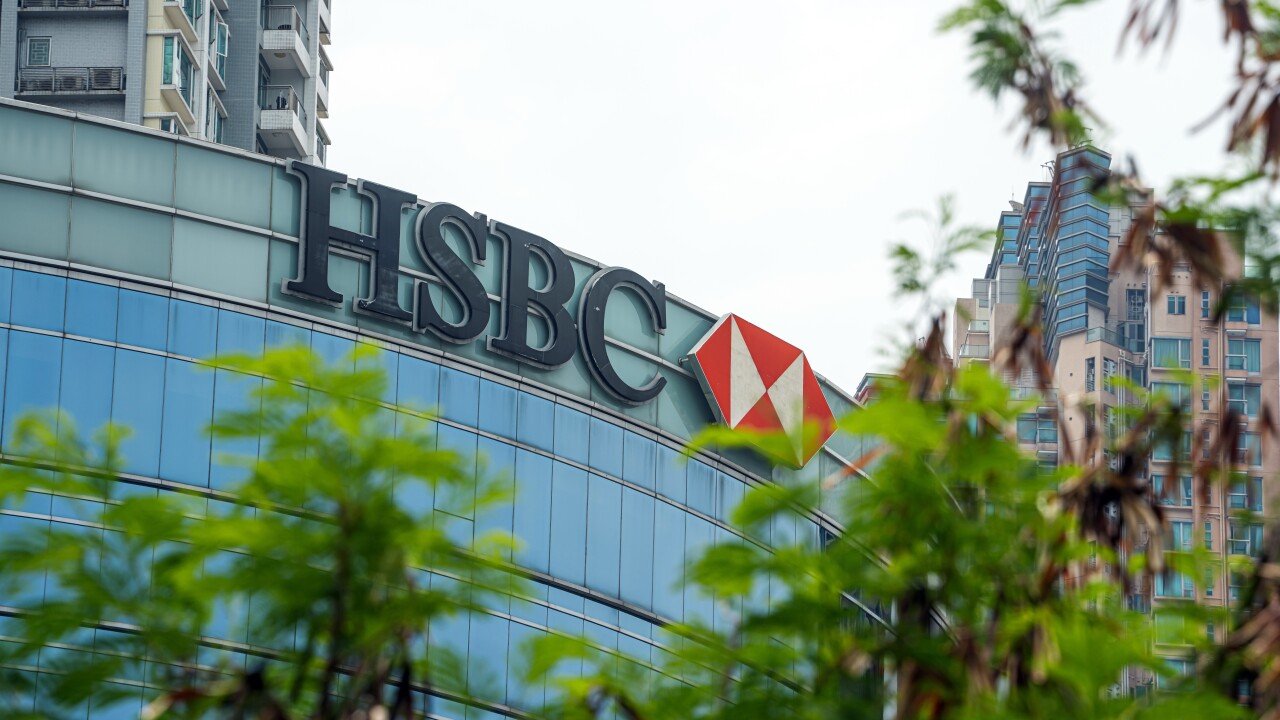Amazon is reportedly weighing plans to expand its cashierless Go convenience stores to include up to 3,000 units by 2021 — but traditional convenience stores may not feel the effects as much as the fast food market.
Amazon Go is focused on low-margin convenience store staples like prepared foods; it doesn't have cashiers, but it still has a human in place to check IDs for alcohol sales. It's those high margin, age restricted items that convenience stores profit from the most — and where Amazon Go offers the least differentiator.
But the fast in, fast out nature of Amazon Go takes aim at the model of fast food restaurants, which have been aggressively eliminating their own human interactions through the use of mobile ordering apps and kiosks.

"From a market competition standpoint, I see Amazon Go as a key threat to fast casual restaurants and QSRs, but not for C-stores," said Raymond Pucci, director merchant services practice at Mercator Advisory Group. "A high percentage of sales in C-stores are for tobacco and lottery games, which require minimum age confirmation. Add liquor sales to that as well. That won’t work for self-checkout.”
The expansion of Go stores would take place in three phases with a total of 10 stores in 2018, 50 in 2019 and finally 3,000 stores by 2021, according to a
Amazon already has four cashierless stores existing stores (three in Seattle and one Chicago), with earlier reported plans to expand to
The focus on the small footprint of the stores with limited inventory would work well in urban environments where retail space is expensive and the cost of technology being implemented is high.
“It is a very complex system to make it go and it makes a lot of sense to stay in the convenience store because of the limited SKUs. However, I’m not sure the technology is ready for prime time,” said Thad Peterson, senior analyst at Aite Group. “I can’t imagine them selling cigarettes. Rather, since there is limited customer to associate interaction in the store, I would imagine the Go store will go to the Pret-A-Manger side of prepared foods.”
Food retailers Subway and Pret A Manger, two companies that are potentially affected by Amazon Go's expansion, did not respond to inquiries by deadline.
Amazon Go’s store arguably kicked off the cashierless checkout movement, but it has many competitors of its own.
In China,
The ultimate business model for Amazon Go remains unclear. The investment in cameras and sensors seems too much for simply selling sandwiches and wraps; it also competes with the company's AmazonFresh grocery delivery and pickup service.
“The real value here is to improve the relationship with the Amazon customer," Peterson said. "What it’s doing is taking the 1-click buy into the physical world.”
Of the four Amazon Go stores currently open only the first Seattle store sells beer and wine. It could be inferred that having associates check for IDs when purchasing certain products undermines the cashierless concept.
It also keeps the Go project aligned with the product set sold through Whole Foods, which could someday adopt the cashierless model in some capacity.
“There is a lot to consider in looking at who might be most directly affected by the competition. The overall food market is only so big, and it all depends on [whose] parts get most disrupted and by how much: grocery, sit down meals, snacks or grab-and-go meals," said Jeff Lenard, vice president of strategic industry initiatives at the National Association of Convenience Stores. "And let’s face it, everyone sells food at the register, whether home improvement stores, electronic stores, crafts stores, pet store, auto parts stores and furniture stores, to name a few.”
And all of these retailers have been bracing for Amazon Go's expansion for some time, Lenard said.
“The scope of the announcement was surprising but the news of the expansion wasn’t necessarily surprising," he said "I think most retailers – in all channels – took notice when Amazon debuted that teaser video in late 2017. It’s really a continued affirmation about the value of convenience and how that space continues to get more crowded.”





